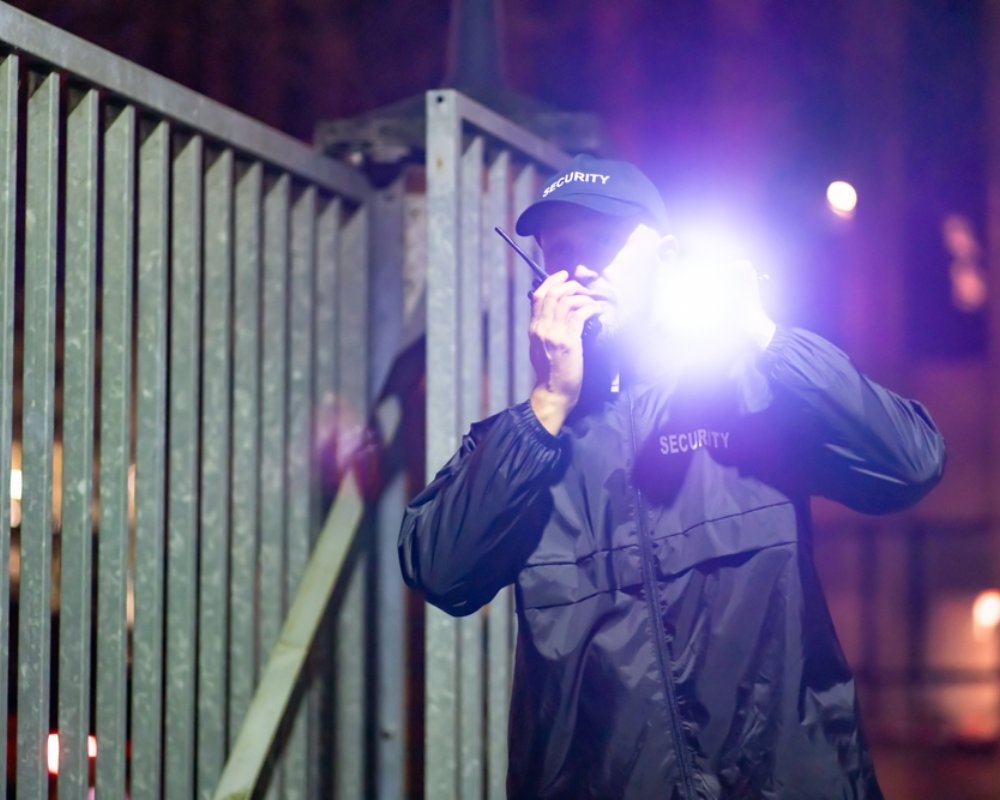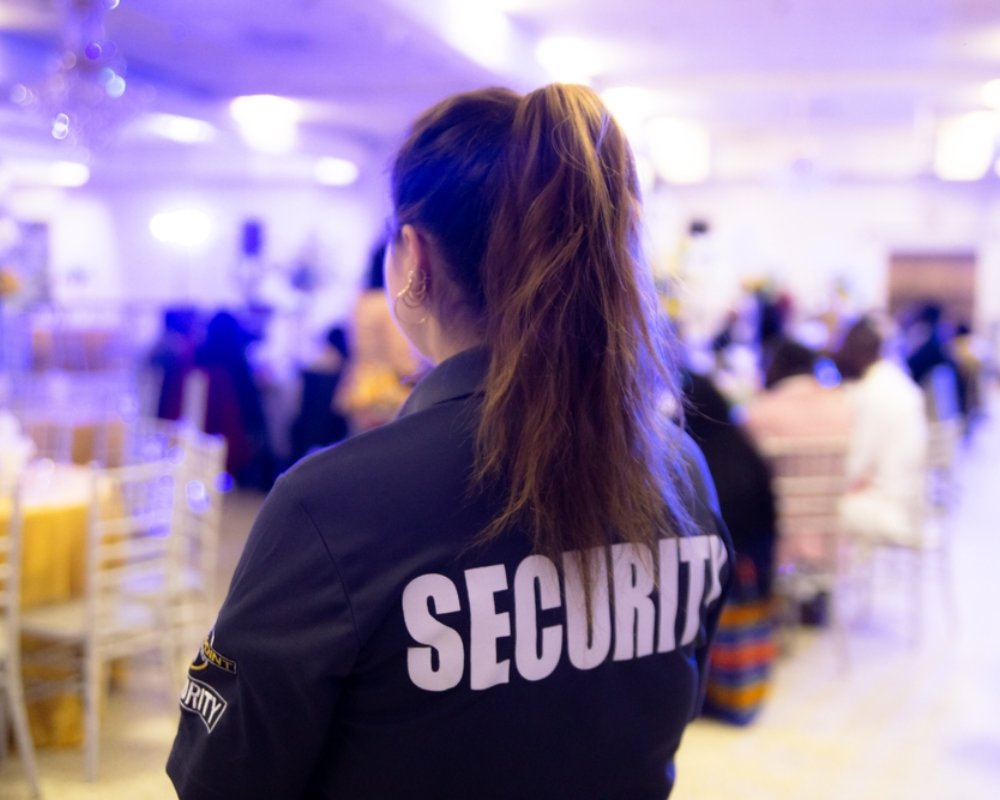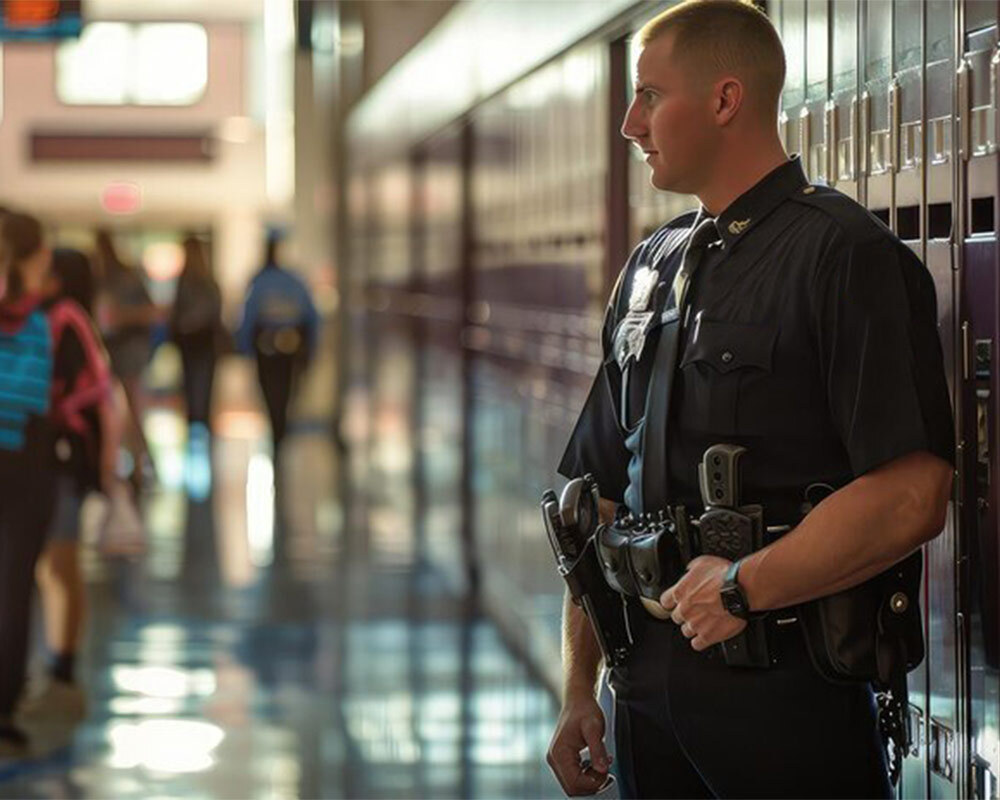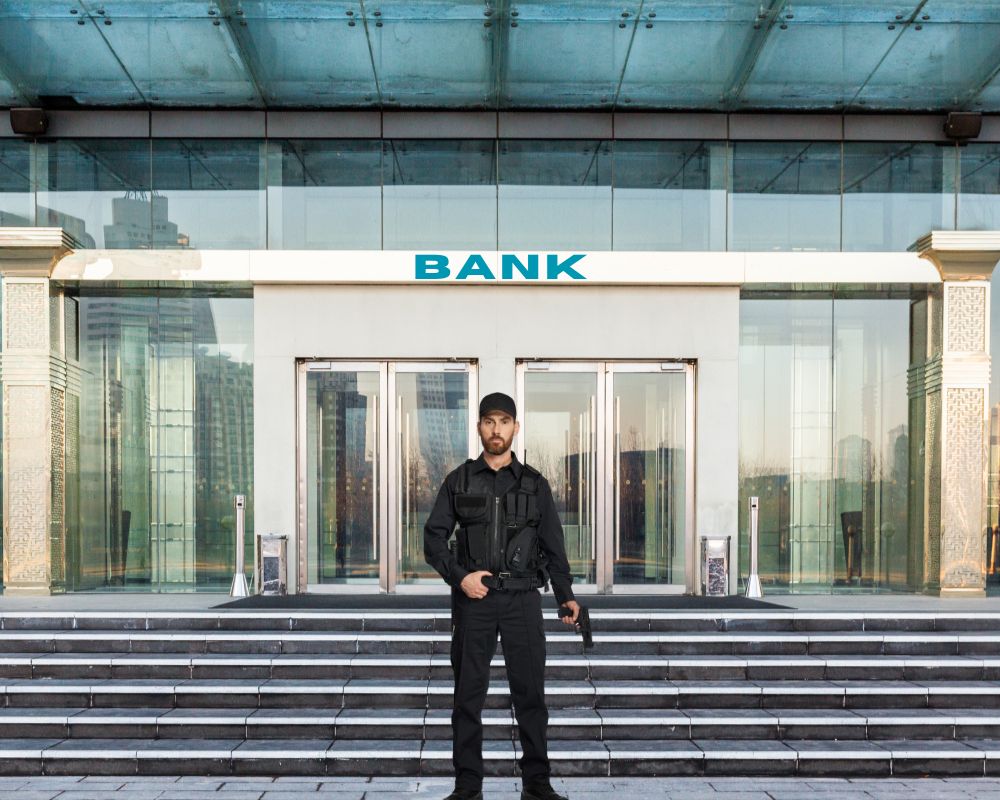When it comes to construction sites, security is a top priority. Construction sites can be vulnerable to theft, vandalism, and other security threats, which can result in significant losses and delays in the construction process. Therefore, a good construction site security plan is crucial for maintaining safety and security on the site.
A construction site security plan should be comprehensive and cover all aspects of the site’s security. In this article, we will discuss the key components of a good construction site security plan.
Risk Assessment
The first step in creating a construction site security plan is to conduct a thorough risk assessment. This assessment should identify all potential security risks on the site, such as vulnerable access points, valuable equipment, and materials. Once these risks are identified, measures should be put in place to address them.
Access Control
Access control is another critical component of a construction site security plan. Access control measures should include controlling entry points to the site, verifying identities of individuals entering the site, and limiting access to certain areas. Access control measures can include perimeter fencing, security gates, and access control systems.
Surveillance
Surveillance is an essential component of a construction site security plan. Surveillance systems, such as CCTV cameras, can help monitor the site, detect unauthorized access, and assist with investigations. Security personnel can monitor these surveillance systems and respond to any suspicious activity immediately.
Security Personnel
Having security personnel on-site is another critical component of a construction site security plan. Security guards can monitor the site, control access, and respond to emergencies. They can also conduct patrols, conduct investigations, and coordinate with law enforcement as necessary.
Emergency Response
Emergency response is another key component of a construction site security plan. The plan should outline procedures for responding to emergencies, such as accidents, fires, or medical emergencies. Security personnel should be trained to respond quickly and effectively to any emergency on the site.
Training
Proper training for all personnel on the construction site is another important component of a construction site security plan. All personnel, including workers and security guards, should receive training on the site’s security procedures, emergency response, and safety measures.
Equipment and Asset Management
Construction sites often have expensive equipment and assets on-site, which can make them targets for theft. A good construction site security plan should include measures for protecting equipment and assets, such as marking them for identification, securing them in locked areas, and implementing an inventory management system.
Documentation
Documentation is a final key component of a construction site security plan. The plan should include documentation of all security procedures, including risk assessments, access control measures, surveillance systems, and emergency response procedures. This documentation can be used for training personnel and as evidence in legal proceedings.
Conclusion
In conclusion, a good construction site security plan should be comprehensive and cover all aspects of the site’s security. The plan should include a thorough risk assessment, access control measures, surveillance systems, security personnel, emergency response procedures, training, equipment, and asset management, and documentation. By implementing a comprehensive construction site security plan, construction site owners and managers can protect their investment, reduce risk, and maintain a safe and secure work environment.









